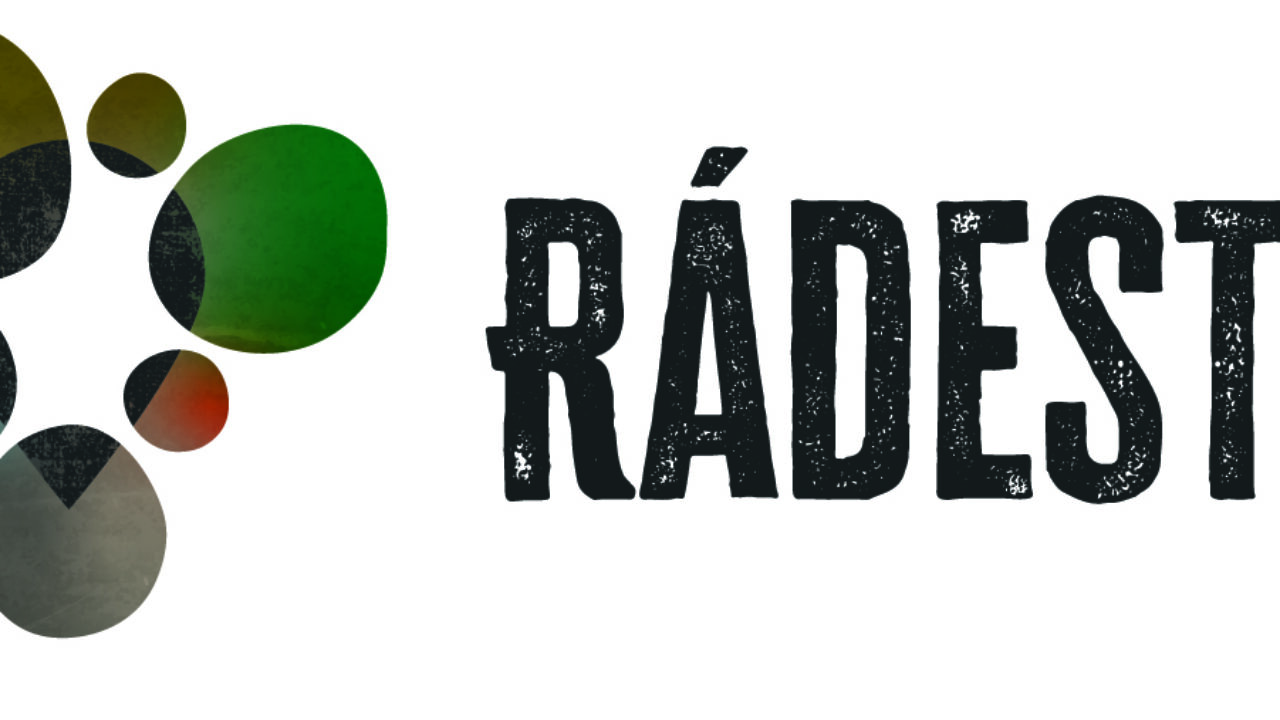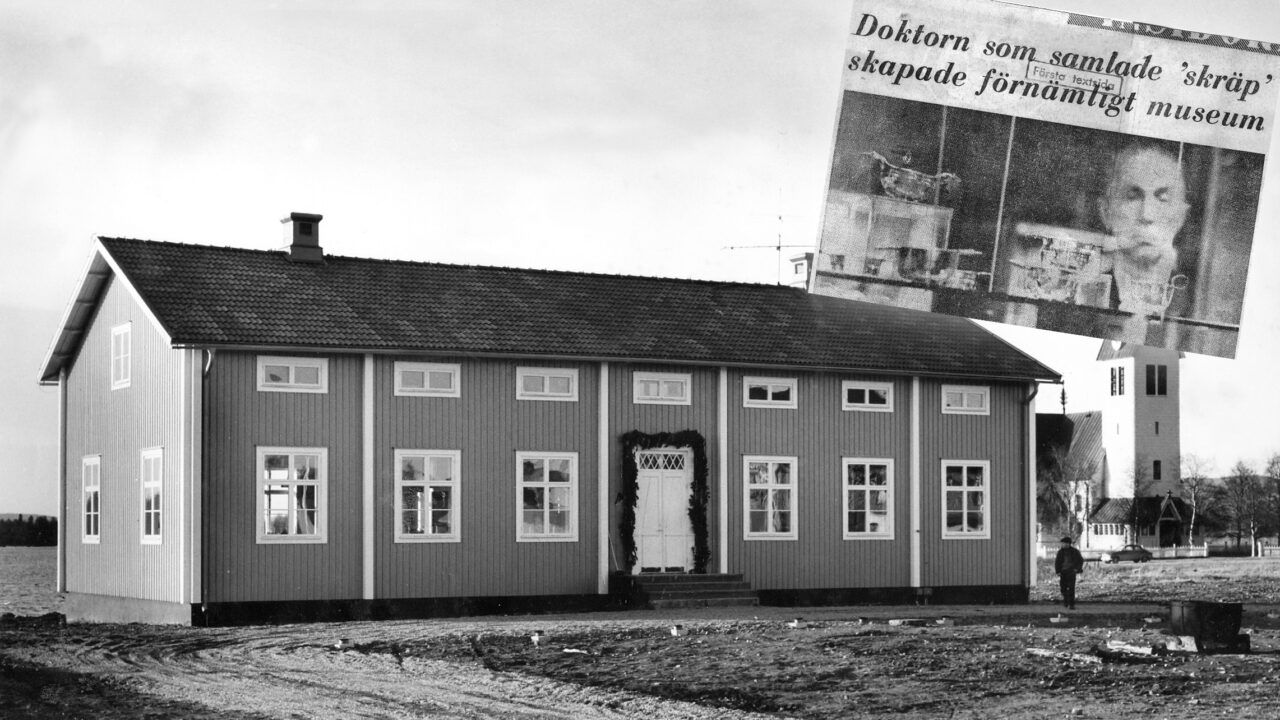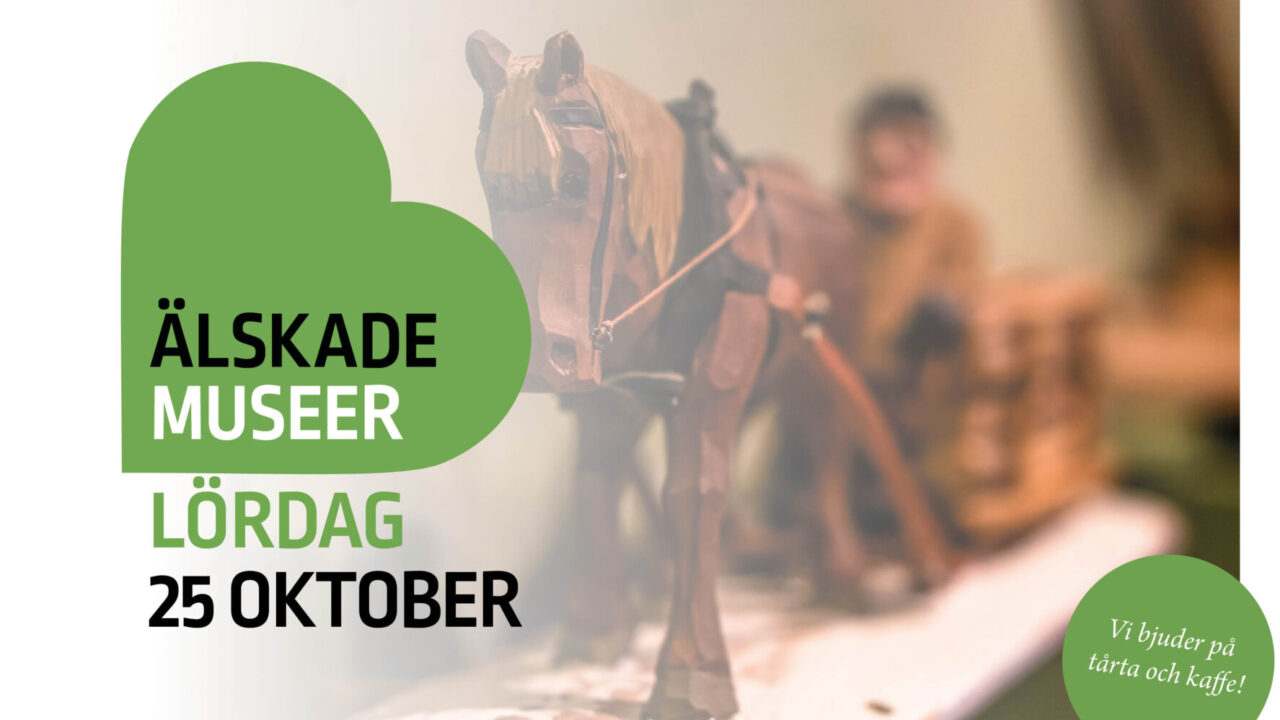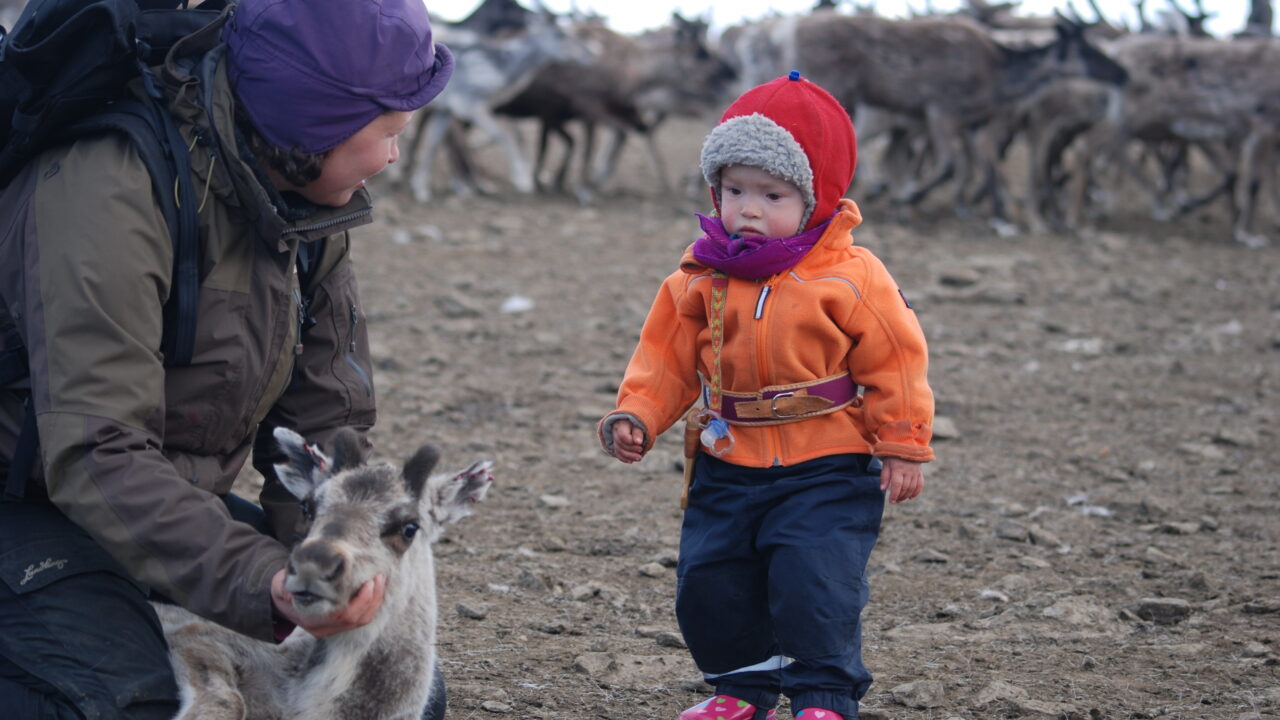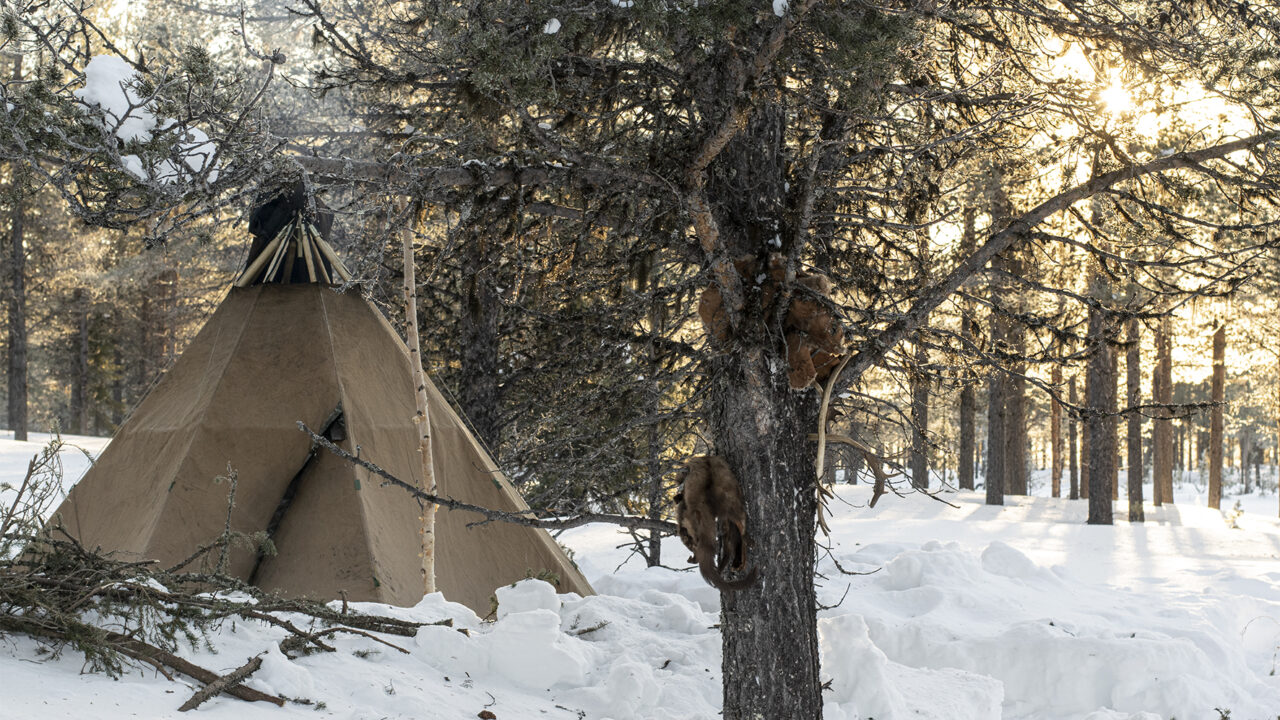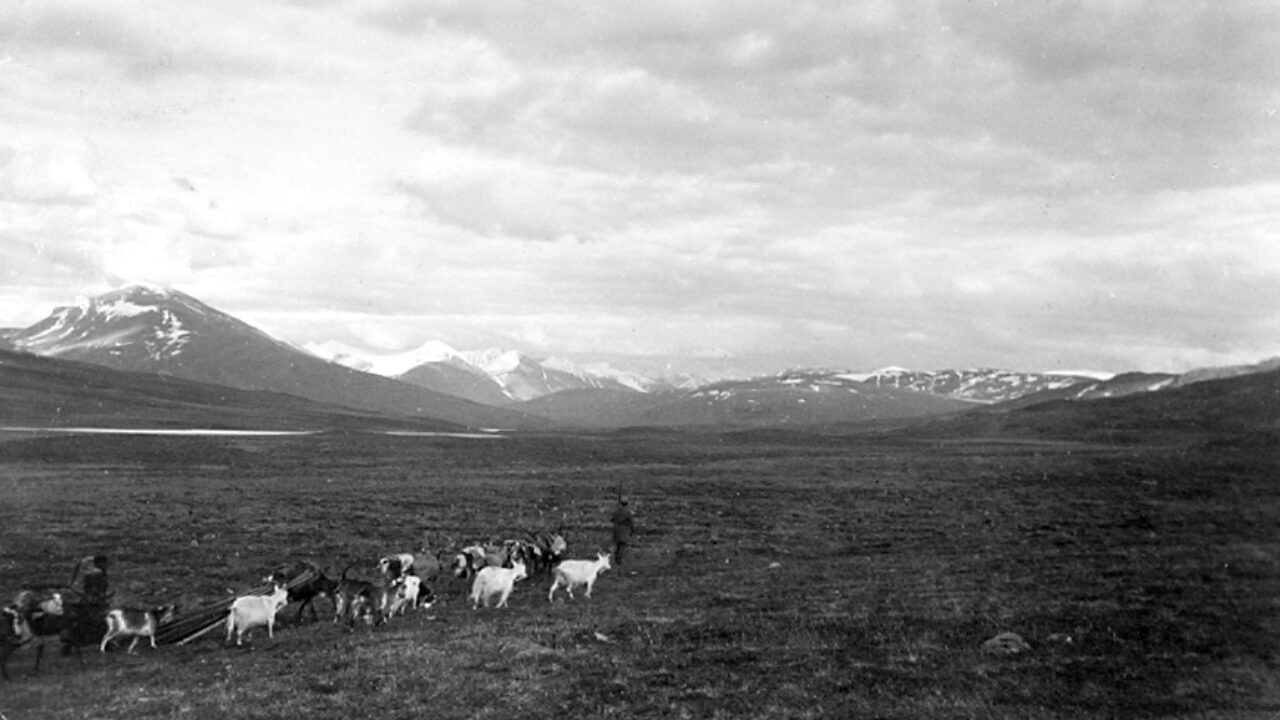Humans deforested mountain valleys - already 1000 years ago
What's new

Felling of mountain birch in a zone closest to the bare mountain for building timber and firewood led to deforestation in the period 800 to 1100 AD, and the forest has still not returned 1000 years later.
This is the conclusion of a new study conducted by researchers at the Silver Museum's research institute INSARC in Arjeplog and at SLU in Umeå. The study is published in the international journal Ambio and summarizes the results of a major interdisciplinary project. In the area studied there are so-called Stállo settlements. They were mainly established during the Viking Age in the birch forest closest to the bare mountains from northern Jämtland to northern Norrbotten and are probably related to the domestication of reindeer.
Modeling shows that deforestation around the settlements took only a few hundred years and could only occur if they were used for longer periods during autumn, winter and spring when the need for firewood was greatest. Summer residence alone did not significantly affect the state of the forest. When the areas were deforested and there was a shortage of wood, the settlements were abandoned. Moreover, where settlements were located on flat sediment terraces, the effects have been permanent. This is because deforestation was followed by several factors, including a colder climate, limited natural regeneration of mountain birch, nutrient depletion of the soil and continued low-intensity exploitation of the areas over a long period of time. These soils are simply too nutrient-poor to be planted with mountain birch today, even though the climate has become warmer in recent decades and birch grows and regenerates in the surrounding mountain areas.
The results clearly show how sensitive mountain ecosystems are to disturbances and that the effects can last for a very long time.




